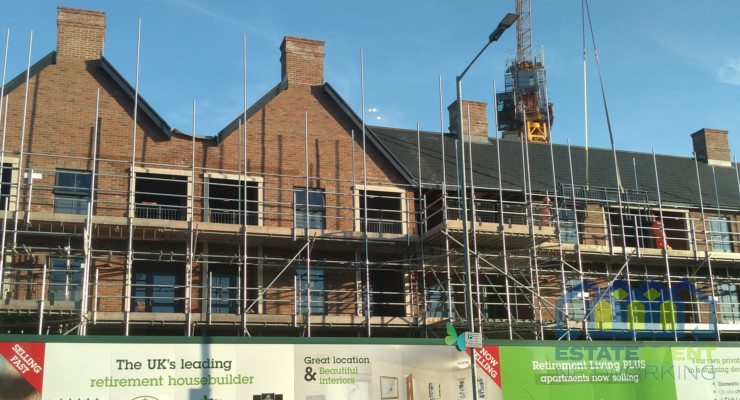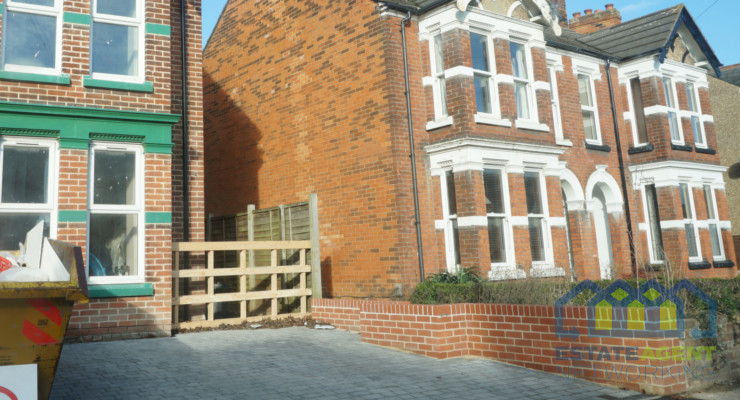Construction continues to enjoy a season in the sun
Underlying performance is on the rise during Q.2 2025
Today, Glenigan, one of the construction industry’s leading insight experts, releases the June 2025 edition of its Construction Index.
The Index focuses on the three months to the end of May 2025, covering all underlying projects, with a total value of £100m or less (unless otherwise indicated), with figures seasonally adjusted.
It’s a report which provides a detailed and comprehensive analysis of year-on-year construction data, giving built environment professionals a unique insight into sector performance over the last 12 months.
Continuing the upward trend of the previous editions of the Index (specifically April and May 2025), June paints an increasingly optimistic picture of an industry that is finally bouncing back following years of uncertainty.
These encouraging signals are borne out by a 25% uptick in projects starting on site in the three months to the end of May, whilst they also held firm against 2024 figures, posting a 10% increase.
Once again, performance was buoyed by the residential construction market which rocketed 39% on the preceding three months to finish an impressive 45% higher than last year.
Whilst the non-residential sector fell by almost a fifth (-18%) compared to 2024 numbers, it held its own in the face of still-challenging socioeconomic conditions, breaking even when performance was measured against the three months to the end of May.
The decline in civils, which has been so severe over the past few Indexes, softened. Despite dropping by a third (-33%) compared to last year, it only down by a modest 2% during the core measurement period.
Commenting on these results, Glenigan’s Economic Director, Allan Wilen, says, “The industry will welcome these results as, despite the downturn in major projects (Construction projects valued at >£100m) recently shown in the May Review, the underlying market, which represents the majority of work across the sector, appears to be on the up. Perhaps a higher degree of ‘relatively’ good news business stories coming from Downing Street is giving many investors that boost they so desperately needed to get building. Certainly, if the very strong figures in the residential vertical are anything to go by, we’ll likely see the curve continue to rise into H.2 2025.
“Of course, the much-anticipate Spending Review is revealed this month and should have an interesting effect on industry confidence. Coming out just shy of our own Spring/Summer Forecast these two documents should offer a fascinating indicator of the future direction of activity across UK construction.”
Sector Analysis – Residential
Residential construction was the standout performer in the June Index, where starts increased 49% on the preceding three months and rose 45% against 2024 figures.
Drilling deeper, private housing construction-starts increased by 55% against the preceding three months, experiencing a 56% increase on the year before.
Likewise, Social Housing increased 29% against the preceding three months to stand 13% up on the previous year.
Sector Analysis – Non-Residential
Results were slightly less spectacular in non-residential verticals.
Offices experienced a mixed period, rising 8% against the preceding three months but remaining 6% below the previous year. Hotel & Leisure followed a similar trend, rising 10% against the preceding three months but remaining 4% below the previous year.
Retail declined 14% against the preceding three months to stand 26% down against the previous year. Education also fared poorly, decreasing 10% against the preceding three months and decreasing 52% against the previous year.
Community and amenity project-starts declined 6% against the preceding three months and the previous year. Health followed a similar trend, declining 15% against the preceding three months to stand 11% lower than the previous year.
Civils work starting on-site declined 2% against the preceding three months and decreased 33% against the previous year. Breaking this down further, infrastructure work starting on-site decreased 1% against the preceding three months and decreased by 28% on the previous year. Utilities starts also experienced poor performance, declining 2% against the preceding three months to stand 38% down against the previous year.
Regional Outlook
The South West experienced a strong performance, increasing 27% against the preceding three months to stand 24% up against the previous year. The North West performed similarly, rising 58% against the preceding three months and rising 1% against the previous year.
The South East experienced a mixed results, rising 30% against the preceding three months to stand 2% down against the previous year. The Capital rose 30% against the preceding three months to stand 2% up against the previous year.
The North East experienced a strong performance, increasing 21% against the preceding three months to stand 10% up against the previous year. The West Midlands increased 34% against the preceding three months to stand 11% up against the previous year.








